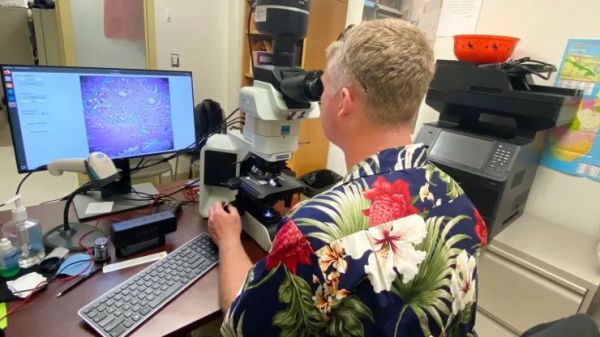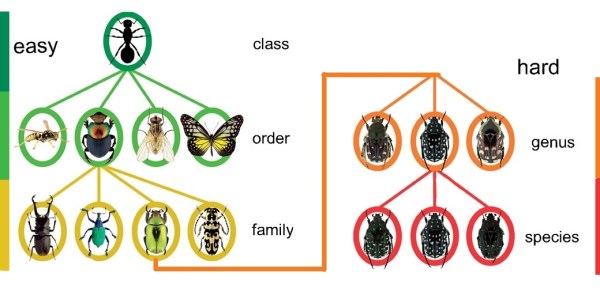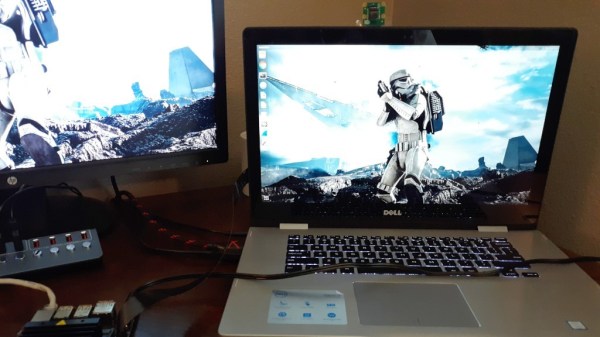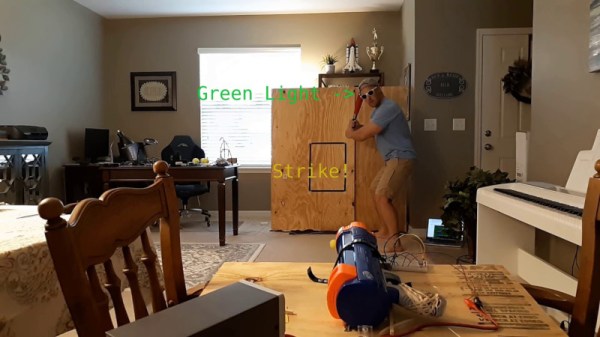You wouldn’t typically associate graphing calculators with artificial intelligence, but hacker [KermMartian] recently made it happen. The innovative project involved running a neural network directly on a TI-84 Plus CE to recognize handwritten digits. By using the MNIST dataset, a well-known collection of handwritten numbers, the calculator could identify digits in just 18 seconds. If you want to learn how, check out his full video on it here.
The project began with a proof of concept: running a convolutional neural network (CNN) on the calculator’s limited hardware, a TI-84 Plus CE with only 256 KB of memory and a 48 MHz processor. Despite these constraints, the neural network could train and make predictions. The key to success: optimizing the code, leveraging the calculator’s C programming tools, and offloading the heavy lifting to a computer for training. Once trained, the network could be transferred to the calculator for real-time inference. Not only did it run the digits from MNIST, but it also accepted input from a USB mouse, letting [KermMartian] draw digits directly on the screen.
While the calculator’s limited resources mean it can’t train the network in real-time, this project is a proof that, with enough ingenuity, even a small device can be used for something as complex as AI. It’s not just about power; it’s about resourcefulness. If you’re into unconventional projects, this is one for the books.
Continue reading “Going Digital: Teaching A TI-84 Handwriting Recognition”


















